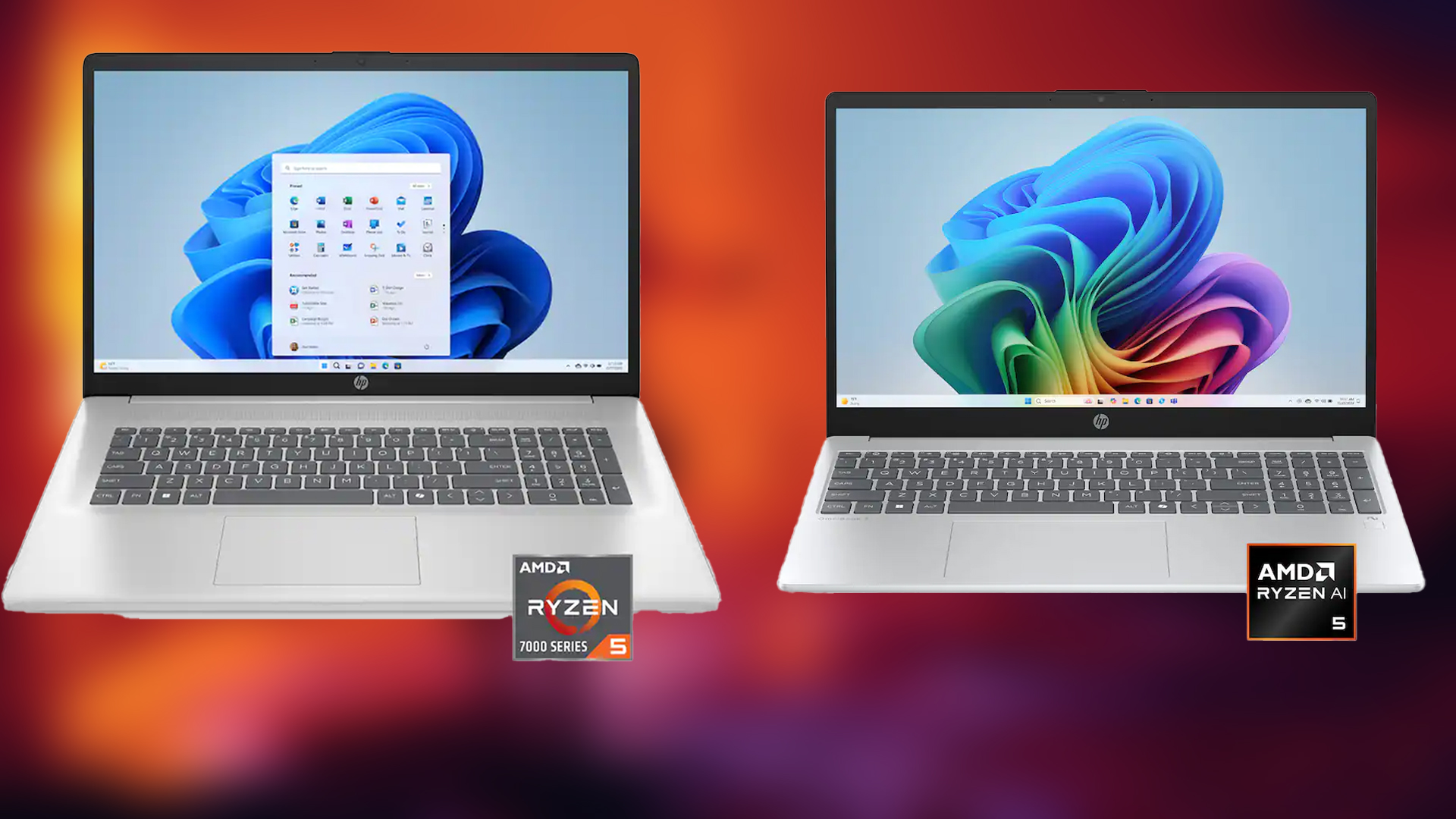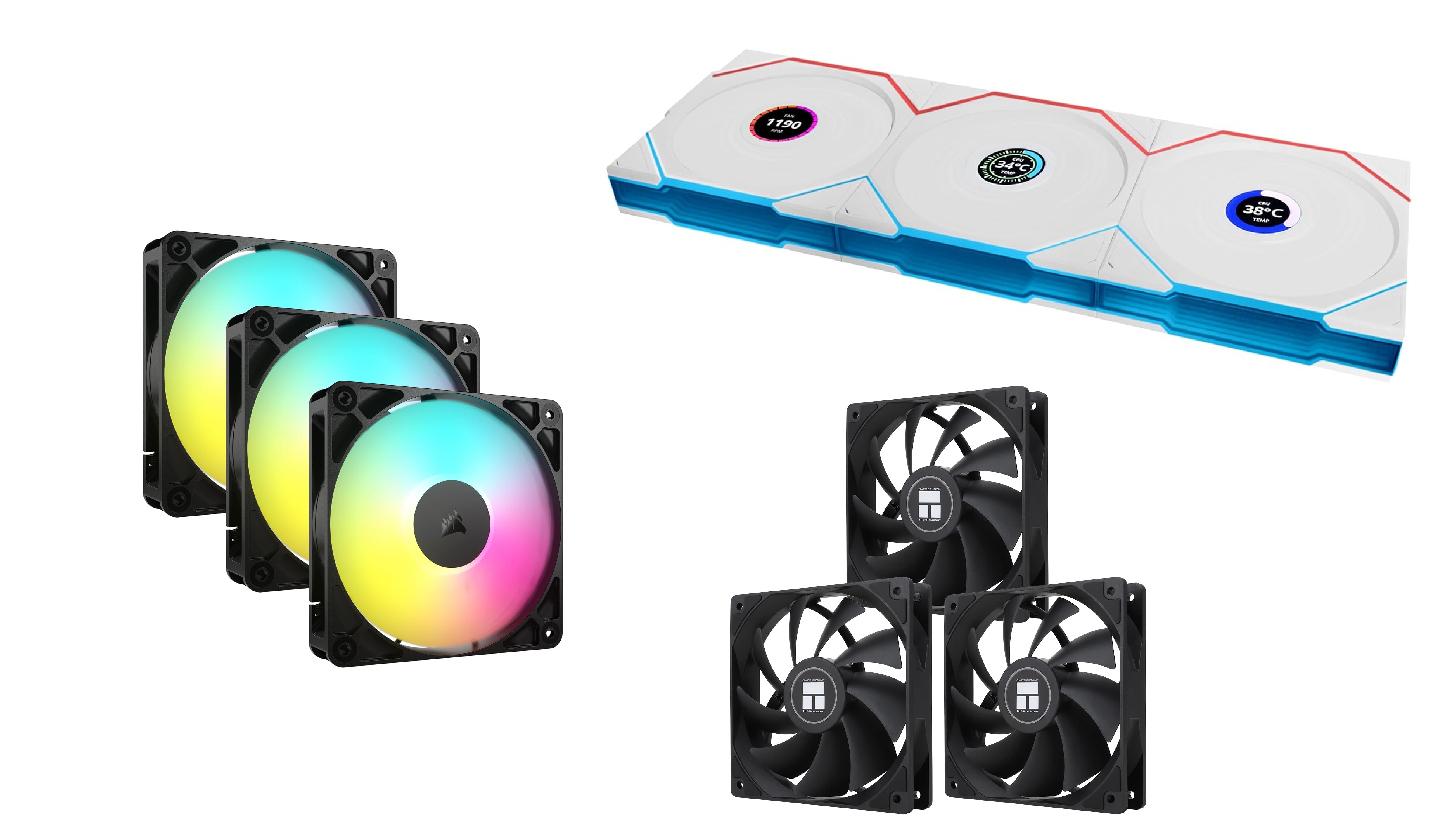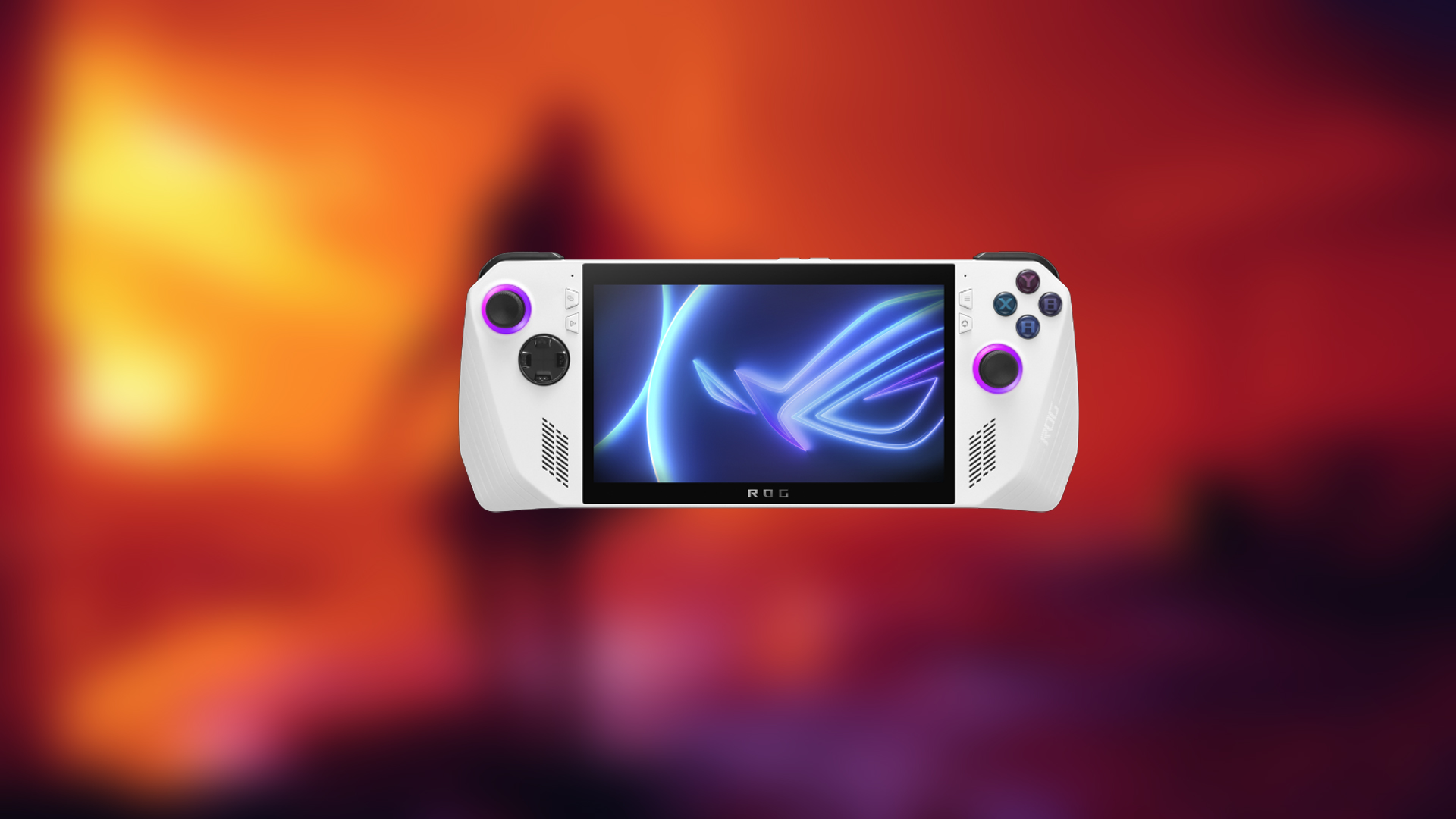iOS 19’s AI-powered battery management adapts to your usage, boosts battery life, and more—here is what to expect from WWDC 2025 leaks.
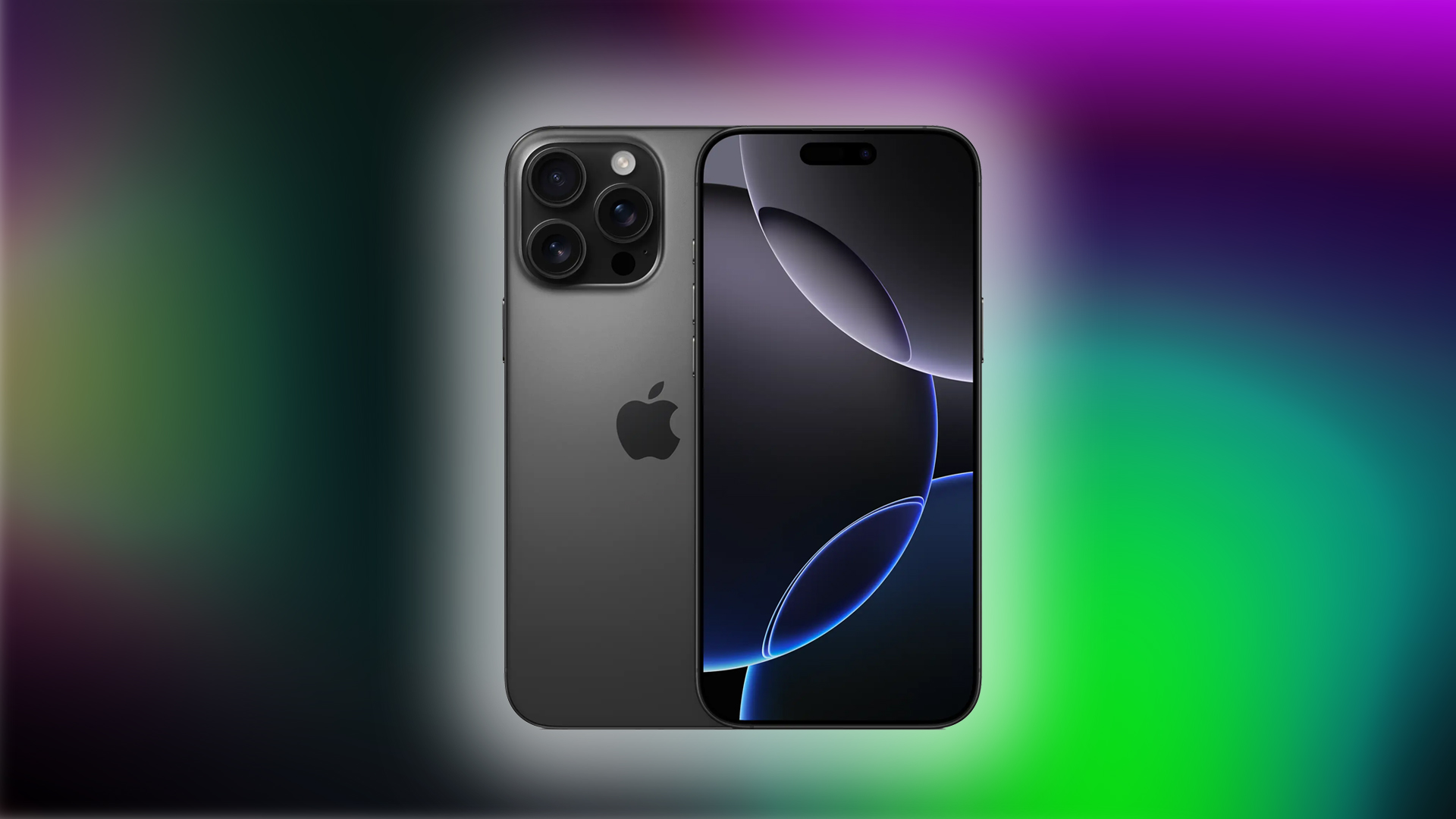
As the leaks and rumors suggest, numerous changes are expected to be introduced in iOS 19. Among the most notable upcoming changes is iPhone battery optimization powered by Artificial Intelligence. AI-powered battery management that learns from individual usage patterns and then automatically adjusts power consumption to reduce heat and extend device lifespan. Somehow, this feels familiar, as Google’s Adaptive Battery technology also performs the same functions, but Apple’s seems to differ quite significantly. Here’s an expected overview of what’s to come next at WWDC 2025.
Disclaimer: The features described below are based on leaks, test builds, and unconfirmed internal reports. Final implementation may differ at launch.
Understanding Apple’s AI Battery Intelligence
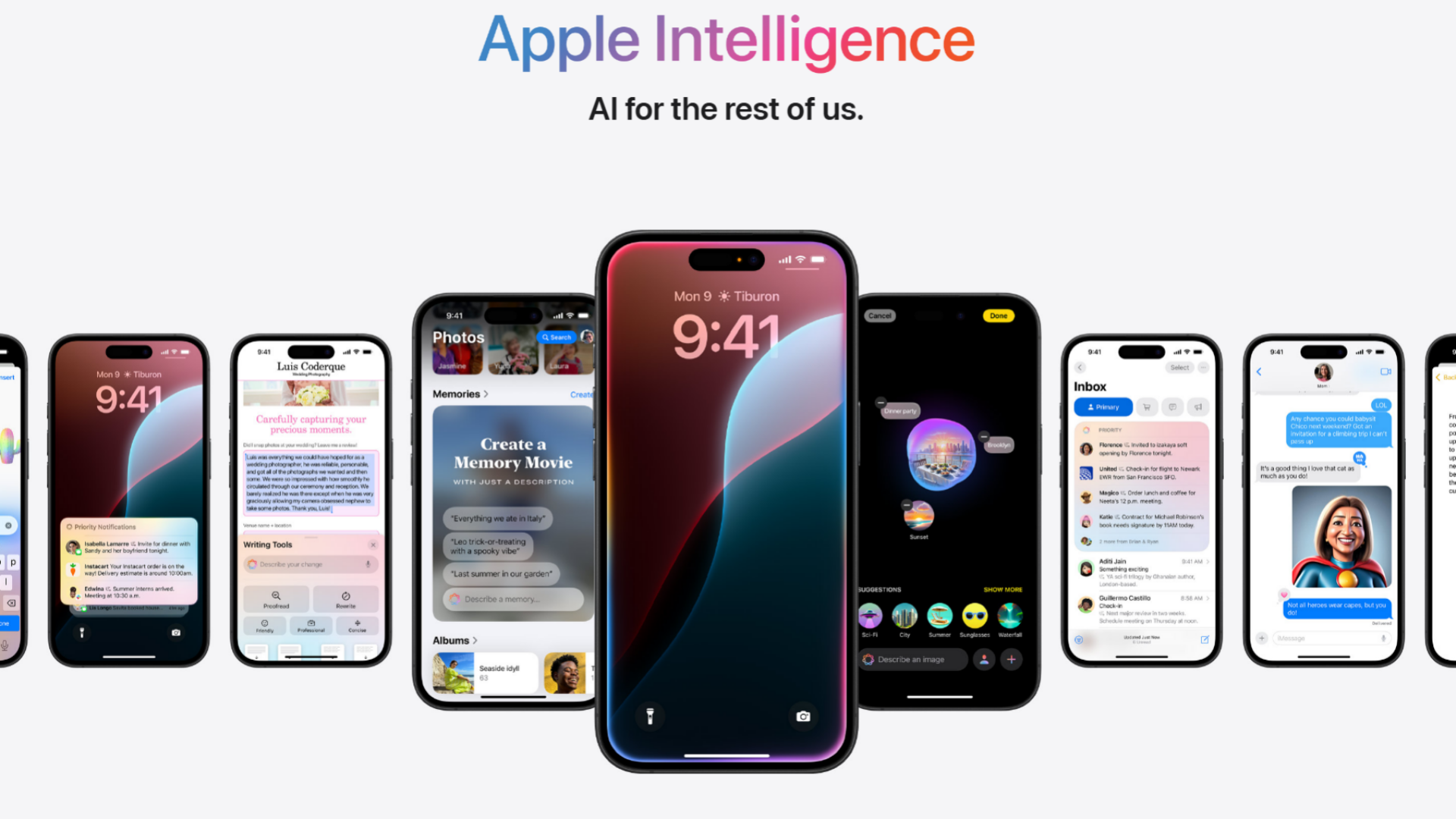
According to the latest information, Apple designed its new battery management system around machine learning algorithms that adapt and control power usage based on the end user. The fundamental approach of this system is similar to adaptive battery, but it differs in that it is deeply integrated into iOS. Due to architectural differences in the platform, the iOS approach may prove more effective.
Here’s a basic overview of what’s likely happening: Apple’s implementation leverages the neural engine within the core and then controls voltage scaling across the CPU and GPU clusters, which is significantly more advanced than Android’s runtime framework-based approach. In iOS 19, battery management integrates with the XNU kernel’s power management subsystem, allowing for in-depth flexibility with the parameters. In short, while the name may feel familiar with Adaptive battery, in reality, these are vastly different.
How the Battery Intelligence Operates
Now that the fundamental concepts and core functionality have been mentioned, here is how it will function.
- App-specific throttling – Limits background refresh and sync for unused apps during idle hours.
- Routine-based scaling – Learns when you use specific apps and adjusts CPU/GPU scaling accordingly.
- Real-time optimization – Dynamically tunes power usage without user intervention or manual settings.
- Intelligent task scheduling – Reschedules non-urgent tasks (such as app indexing) to periods of low usage.
These improvements aim to extend daily battery life and reduce heat generation. It also manages CPU throttling, even when the battery is low. And all of these are only possible because of the kernel-level implementation.
Enhanced Charging Insights and Visual Indicators
iOS 19 is expected to introduce new visual feedback tools to help users better understand and manage their charging habits. For the first time, iPhone users will see estimated charging times directly on the lock screen.
Expected additions to the charging interface:
- Lock screen indicator – Displays the time remaining until the battery is fully charged.
- Live Activity support – Real-time updates during charging sessions.
- Charging tips – Subtle nudges when charging at inefficient times (e.g., mid-day heat).
- Optimized charging feedback – Informs users when slow charging is done intentionally to protect battery health.
Provided these enhancements are real, they will reflect Apple’s goal of promoting healthier charging behaviors and extending long-term battery capacity.
What Makes It Smarter
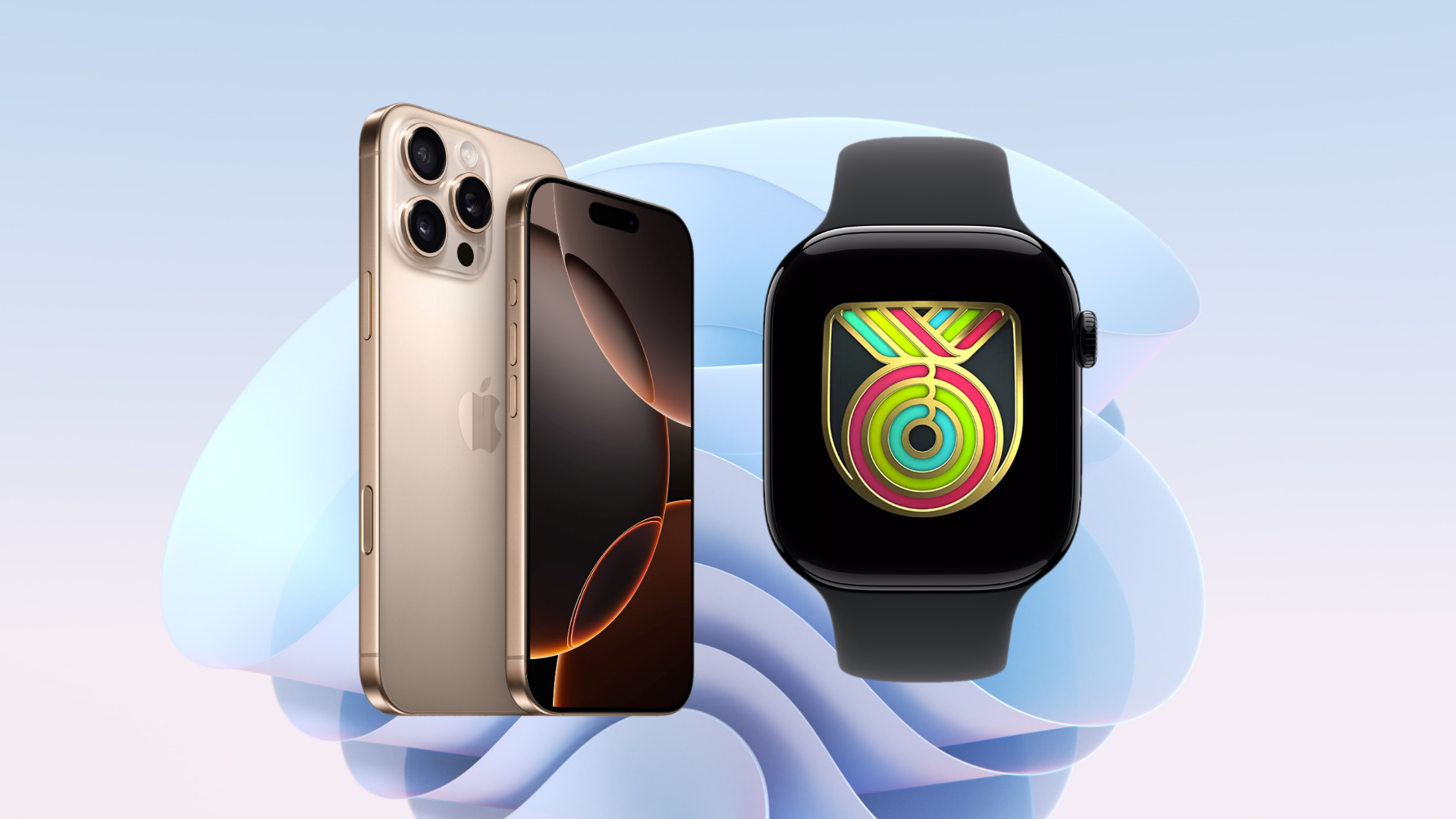
- Learns your usage patterns every hour, and it’s not just limited to daily stats
- Instantly adjusts CPU and GPU power based on what you’re doing.
- Automatically stops unnecessary background syncing to save battery and memory.
- Smart-charge your iPhone by timing the charge to your next alarm or calendar event.
Developer Implications
- No new APIs needed—everything runs at the system and kernel level.
- Apps may experience slower background refresh rates.
- Developers can check new battery optimization statuses through diagnostics tools.
- High-power apps are restricted or sandboxed (suspended in an isolated environment) to conserve energy
Why it will Matter
- iPhones are likely to continue getting slimmer in upcoming releases.
- AI helps balance the smaller batteries by managing power more efficiently.
- Older iPhones can maintain good performance without hardware upgrades, as long as they receive software support.
- Smarter battery management can reduce user complaints about overheating and rapid battery drain.
Conclusion
If these leaks and rumors prove true, iOS, whether version 19 or 26, will be an incredible operating system to begin with. This kind of advancement and innovation from Apple is likely the reason why people line up every time a new iPhone launches. Let’s hope that this time, there will be praise instead of memes on YouTube.
We provide the latest news and “How To’s” for Tech content. Meanwhile, you can check out the following articles related to PC GPUs, CPU and GPU comparisons, mobile phones, and more:
- 5 Best Air Coolers for CPUs in 2025
- ASUS TUF Gaming F16 Release Date, Specifications, Price, and More
- iPhone 16e vs iPhone SE (3rd Gen): Which One To Buy in 2025?
- Powerbeats Pro 2 vs AirPods Pro 2: Which One To Get in 2025
- RTX 5070 Ti vs. RTX 4070 Super: Specs, Price and More Compared
- Windows 11: How To Disable Lock Screen Widgets
 Reddit
Reddit
 Email
Email
